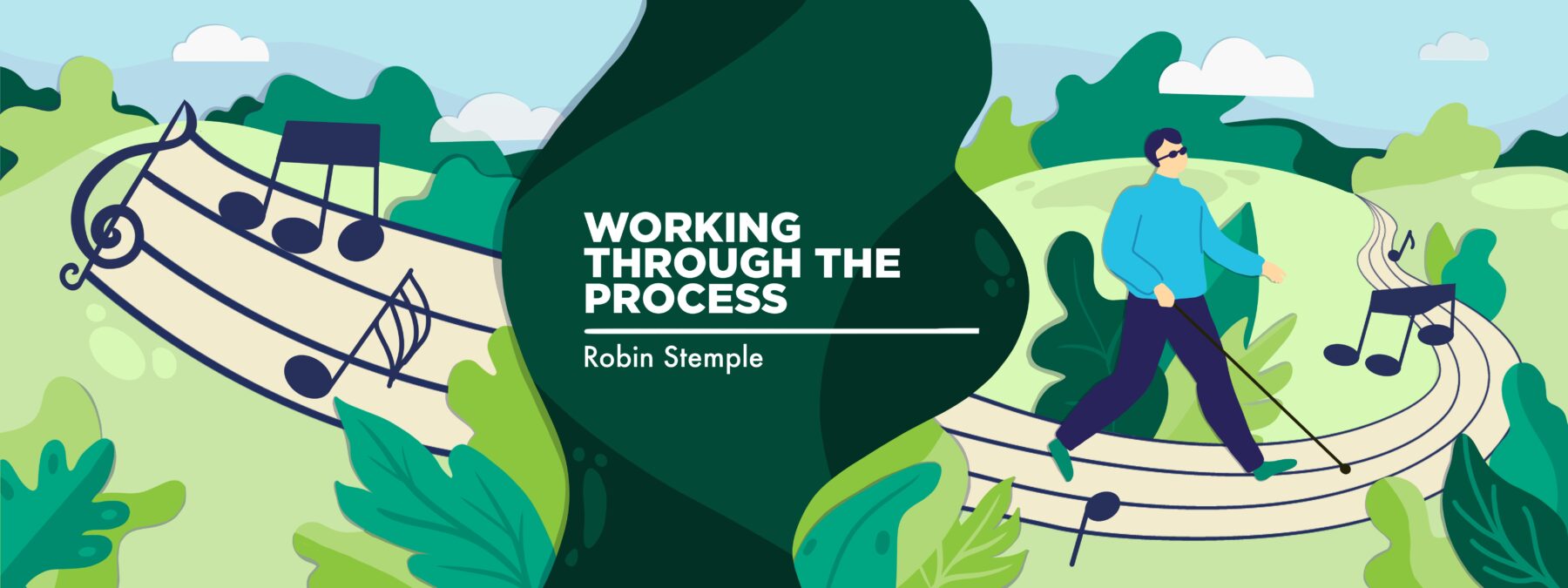Adapting to FSHD challenges, sometimes without thinking about it
What ways do you adapt to disease progression or aging?

I was diagnosed with facioscapulohumeral muscular dystrophy (FSHD) at age 14, when I was a freshman in high school. But even before that, I had begun adapting to my physical challenges.
My FSHD journey actually started with a counselor from the Pennsylvania Office of Vocational Rehabilitation who visited my Latin class. He passed around a short form for us to fill out that simply asked our name and whether we were unable to perform any physical tasks. I wrote down that I couldn’t raise my arms over my head, signed my name, and handed in the form. With that simple step, my FSHD journey had begun.
I must admit that I was one of those nerds who raised their hand often in school to answer questions. Somewhere around the fifth grade, unaware that I had FSHD, I began using my left arm to prop up my right arm when I raised my hand in class. Around the same time, in response to being bullied, I tried lifting weights to get stronger, but I couldn’t lift anything over my head. I was better at bench pressing. I didn’t realize it at the time, but the bench was my adaptation, as it stabilized my scapulas, allowing me to push the weight up.
FSHD and aging
Now at 65, I realize that these adaptations are ancient history. I don’t have much occasion to raise my hand, and I’m certainly not doing much weightlifting at this point in my life!
These days, I find it challenging to adapt to changes in my life. I think this is a typical reaction to the aging process. That being said, I continue to adapt to FSHD as it progresses.
Two months ago, I began having difficulty getting into a car. I’m always on the passenger side, so in the past, I’d put my left foot in and then slide onto the seat. The last step was to pull my right foot in.
Now, I find myself having to turn sideways, using the car door for balance and support as I turn. Then I sit down on the edge of the seat and slide back a bit. The next step is to grasp my left knee with my left hand and the right edge of the seat with my right hand. I then lift up my left leg and rotate 90 degrees to put that leg into the van. The final step is to pull my right leg in. So far, I don’t need to provide a “hand assist” to pick up the right leg.
As I thought about making this adaptation, I realized that I had actually been adapting to the weakening muscles in my left hip and leg for quite some time. I cross one leg over the other when I put my socks on. Somewhere along the line, I had begun to use my hand to help get my left leg crossed over my right leg. I now use the same technique to get my left leg into the leg of my pants.
Three years ago, I decided to use a wheelchair anytime I went anywhere, although I still walk around the house. However, we recently installed vinyl flooring to replace the carpet in the room where I have my computer and music equipment. It’s been a struggle for me to get up from a seated position for a while. Once the vinyl flooring was installed, without really any thought, I began wheeling my office chair from my computer to my storage bins or closet to retrieve things instead of getting up and walking over to those areas of my room.
I don’t think I’m especially bright. In fact, if I asked others about this topic in the FSHD Society wellness group I participate in, or in the Muscular Dystrophy News Today Forums, I’m positive I would get lots of responses relating the ways folks have adapted to FSHD without conscious thought. That may be a great question to ask in any support group setting, as it would open the door for everyone to learn from each other! Perhaps I’ll ask it at some point and relate some of the suggestions in a future column. In the meantime, thanks for reading and keep on adapting to the changes life throws at you!
Note: Muscular Dystrophy News Today is strictly a news and information website about the disease. It does not provide medical advice, diagnosis, or treatment. This content is not intended to be a substitute for professional medical advice, diagnosis, or treatment. Always seek the advice of your physician or another qualified health provider with any questions you may have regarding a medical condition. Never disregard professional medical advice or delay in seeking it because of something you have read on this website. The opinions expressed in this column are not those of Muscular Dystrophy News or its parent company, Bionews, and are intended to spark discussion about issues pertaining to muscular dystrophy.








Leave a comment
Fill in the required fields to post. Your email address will not be published.